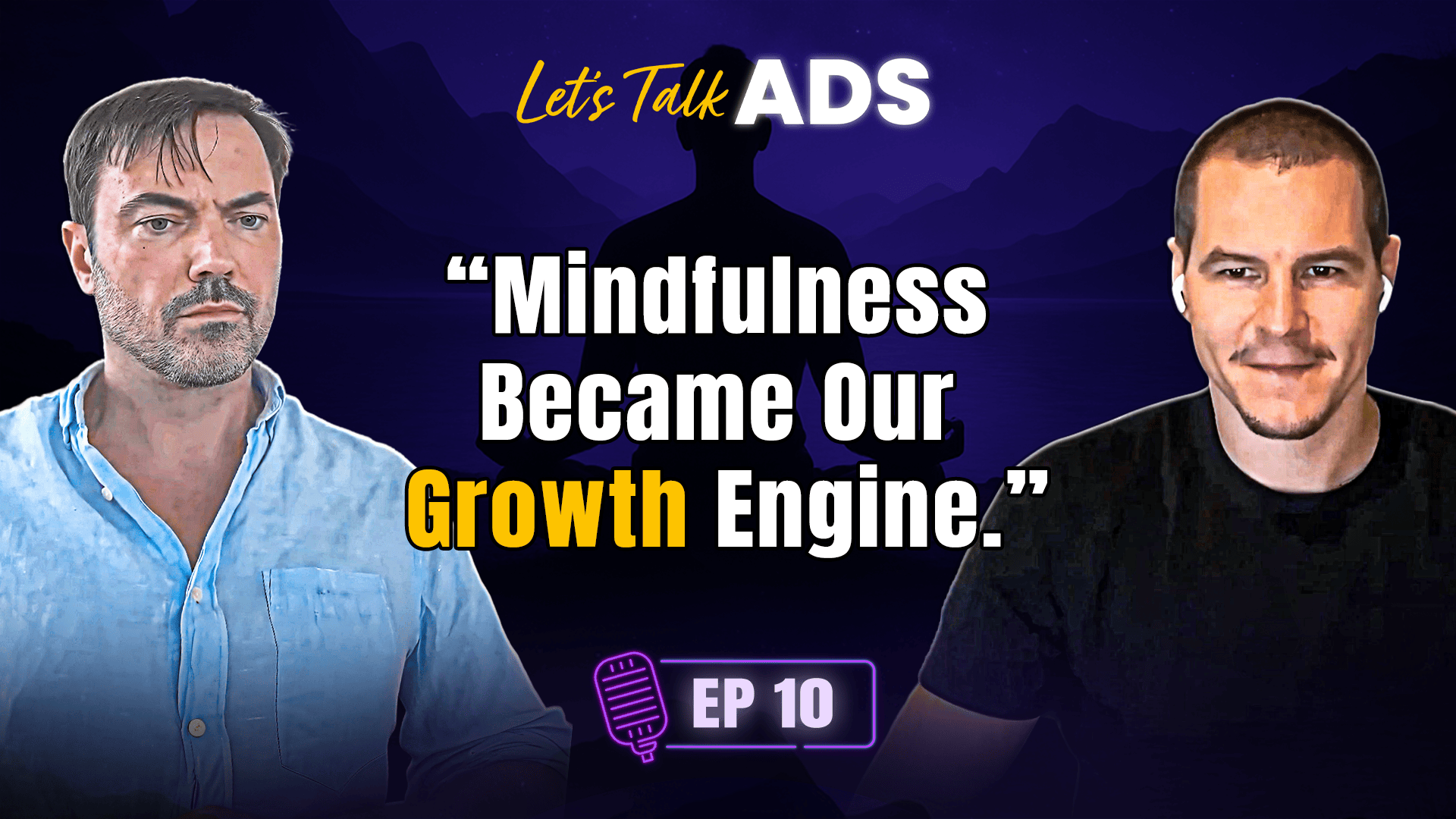There are 1.5 billion reasons your brand can’t ignore TikTok any longer.
Table of Contents
Ever since TikTok was introduced, a new world of opportunities was created for brands to communicate and reach consumers in a more native and human way than ever before. TikTok has been educating, entertaining and inspiring people around the world for several years now.
One challenge I face on a daily basis with this platform is ensuring my clients’ ads can keep up with the platform’s pace. It’s no secret that TikTok content achieves ad fatigueness at a higher rate, compared to Meta’s content.
In this piece, I’ll highlight some of the tactics I use for my key clients – to keep our TikTok content fresh for longer, pushing for better performance. Why? Because content is key, if you want to succeed on TikTok.
Why being on TikTok? It’s one of the top social networks
Growing at a great scale, TikTok surpassed the 1.5 billion MAU milestone by 2024, becoming one of the most visited social networks around the world.
Having such a vast user base, creates the perfect environment for advertisers to come to the platform and promote their services or products. TikTok has been developing its advertisement services for a long time now.eading to powerful machine learning algorithms that will help brands reach their advertising goals – therefore, becoming a great diversification channel for awareness and acquisition.
The fact that it is a less crowded space from the advertiser side, also provides cheap CPMs for those seeking to explore the platform, being the perfect playground to expand your pool of ad networks.
The fatal mistake brands make on TikTok
When signing up for TikTok, know that you’re diving into a world where the audience craves content that’s anything but conventional.
To truly connect and succeed here, you need to think beyond traditional advertising norms. Perhaps you’ve encountered the saying, “Don’t create ads; create TikToks” This couldn’t be more accurate.
Those polished, high-budget productions? They stick out for all the wrong reasons in TikTok’s raw, authentic environment. By embracing the platform’s preference for user-generated content, we’ll sidestep countless pitfalls and truly resonate with our audience. That’s actually how we succeeded with Petit BamBou on TikTok, and made it one of the first official TikTok case studies focusing on app installs.

Before you label your UGC a failure, read this
Diving into the user-generated content (UGC) sea isn’t without its own hurdles. Working with influencers or content creators can turn into a stressful, expensive, and time-consuming endeavor.
That’s why I always aim to maximize the potential of each content piece, squeezing every last drop of value from it before labeling it as underperforming. Thankfully, TikTok stepped in with a helping hand through initiatives like the TikTok Creative Challenge and the TikTok Creative Exchange.
These platforms offer a plethora of creative solutions to smooth out the bumps in the content creation process. I strongly recommend exploring both avenues if you’re keen on elevating your creative game.

Source: Image from TikTok Creative Exchange https://ads.tiktok.com/creativeexchange/
TikTok’s unique approach of frequently showing your ads to the same viewers can quickly lead to creative fatigue, challenging us to keep content fresh. While UGC points us in the right direction, success isn’t a given. The platform’s preference for quantity means that producing a vast array of content variations is key, not just seeking the perfect video. Testing extensively offers a better shot at crafting a message that truly resonates, leading to that stand out creative piece.
Behind every TikTok hit: The science of relentless testing.
Finding that standout creative boils down to one strategy: relentless planned testing. Identifying your target audience is crucial—understanding not just their age or gender, but their location, interests, motivations, and challenges. With a precise picture of who you’re aiming to engage, concept creation becomes more directed. Competitive research is invaluable here, offering insights into what’s already resonating within your industry.
Pay attention to how competitors craft their messages and the emotional triggers they employ. Every successful TikTok ad follows a formula:
- An engaging Hook
- An informative Body
- A compelling Call-to-Action (CTA).
You should experiment with different ad formats to see what clicks and converts. Remember, the effectiveness of your TikTok ad can vary widely based on factors like industry, location, and demographics. Above all, remember TikTok users are looking for content that entertains, educates, or inspires.
If your TikTok fits into one of these categories we already are on the right track. Now – how do we entertain, educate or inspire our audience while also being TikTok native? Find some starting points below:
- Storytelling narrative
- Before & After
- User testimonial
- Green screens or screen recordings
- Product demo (how-to video)
- Comparison (us vs. them)
- TikTok Trends
- Problem → Solution
- Text to voice (TikTok robot voice)
- Answering a question

Here at Admiral, we’re often relying on our FICFA formula, which is a great framework for building an effective and conversion optimized creative strategy for TikTok.
From good to unforgettable: Iterating your way to TikTok success.
If we take the FICFA elements into consideration, iterating on your first three seconds of your TikTok Ad becomes key to make your potential user stop-scrolling, and pay attention to what you have to say. Here are some of the options I consider, when I begin the process of iterating on creatives that have been working for me:
- Change the hook text
- Change the hook visual
- Change the VoiceOver
- Change the music
- Trim the video
- Add a CTA card at the end
- Create a reaction video to it
- Add a TikTok questions box
- Use TikTok text to voice
- Remix it with another ad
- Extract the hook from it
This could mean that you’ll end up with a lot of new ads with minimal changes from one and the other. This is why it is extremely important to create a concise and easy-to-read naming convention, so that you (or other co-workers) can give a glance to the ads you are running and quickly determine which are the elements that are being tested within each of the different versions.
Stop their scroll with just one frame
Another pro tip is to make sure that you are selecting the desired thumbnail before publishing your ads. Thumbnails can play a powerful role when it comes to generating an emotion at the first glance.
When we upload our video ad into TikTok Ads manager, the platform usually selects one frame of our video automatically and uses it as the thumbnail of the ad.
Even though sometimes the system selects the most relevant frame, we should always take the time to ensure that we are selecting a relevant thumbnail that will make our user stop from scrolling by generating an emotion, something unexpected, or even a question that might make him stop and watch our video.
Beyond the play button: Understanding the why behind every tap
Simply iterating without careful analysis is pointless in finding the right combination of elements to actually cause an impact. To effectively direct our resources and efforts, understanding what works and what doesn’t is crucial. TikTok’s built-in analytics tools play a key role here, revealing why viewers might stop watching or what prompts them to engage with an ad.
Under the video insights tool, we can get a frame by frame visibility of user behavior throughout our whole video, allowing us to analyze key moments and take conclusions. In the following example, we can see a frame-by-frame comparison between conversions (dark blue) and clicks (light blue). We can see how those clicks enhance their ‘quality’ as we get into seconds ’’12 – ’’14 and conversions peak. Not surprisingly, the ad mentions a specific user pain point solution on second ‘’10, which we can consider that has been the trigger/element that generated the peak in conversions. Taking this learning and iterating on the same ad or applying it to future videos can be helpful to know which communication direction is the most convenient to take.

Is it a compelling offer, something the creator said, or perhaps a fear of missing out (FOMO) that drives action? Remember, people have diverse motivations for choosing the same product or service.
As marketers, it’s our job to dive deep into these motivations—our audience’s pain points—and use those insights to craft variations of our main creative that resonate more strongly and improve our overall performance.
The key takeaways: Make your TikTok performance last longer
To sum up, here are the main points you should consider to not only start with the right foot with TikTok advertising, but also to leverage your creatives to the maximum and squeeze them as much as you can:
- Have a clear understanding of your audiences and their pain points.
- User generated content is the go-to content on TikTok.
- Test an initial batch of creatives that you think will work.
- Analyze the performance of those creatives, and draw actionable conclusions.
- Take a step back, and iterate on the best performing creatives (hook, music, switch parts of the video, etc).
- Have a clear and concise naming convention to know what each ad creative is testing.
- Manually select the thumbnail you want your video to have before publishing your ad.
- Monitor results and keep iterating on winning elements.
Making TikTok work for your business will depend on a wide variety of factors. Getting key ones right from the beginning will help you avoid common roadblocks that will end up burning your ad budget.
TikTok is a great acquisition and awareness channel, becoming more powerful over time and proven to be highly successful for many advertisers. As we continue to see older generations entering the platform, being present on this social ecosystem will become a must for companies and businesses around the world, but only those that test, analyze, and iterate, will be able to get positive results from the get-go.




